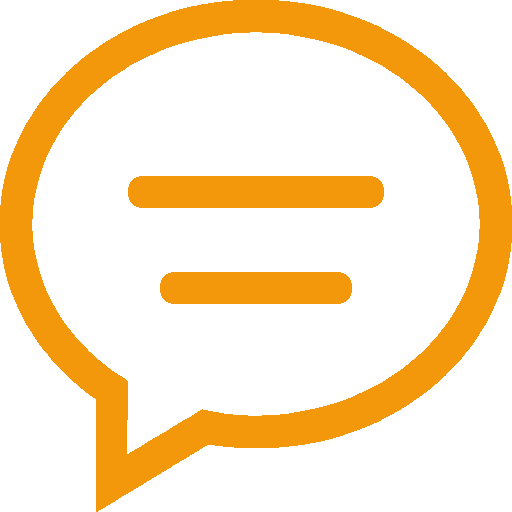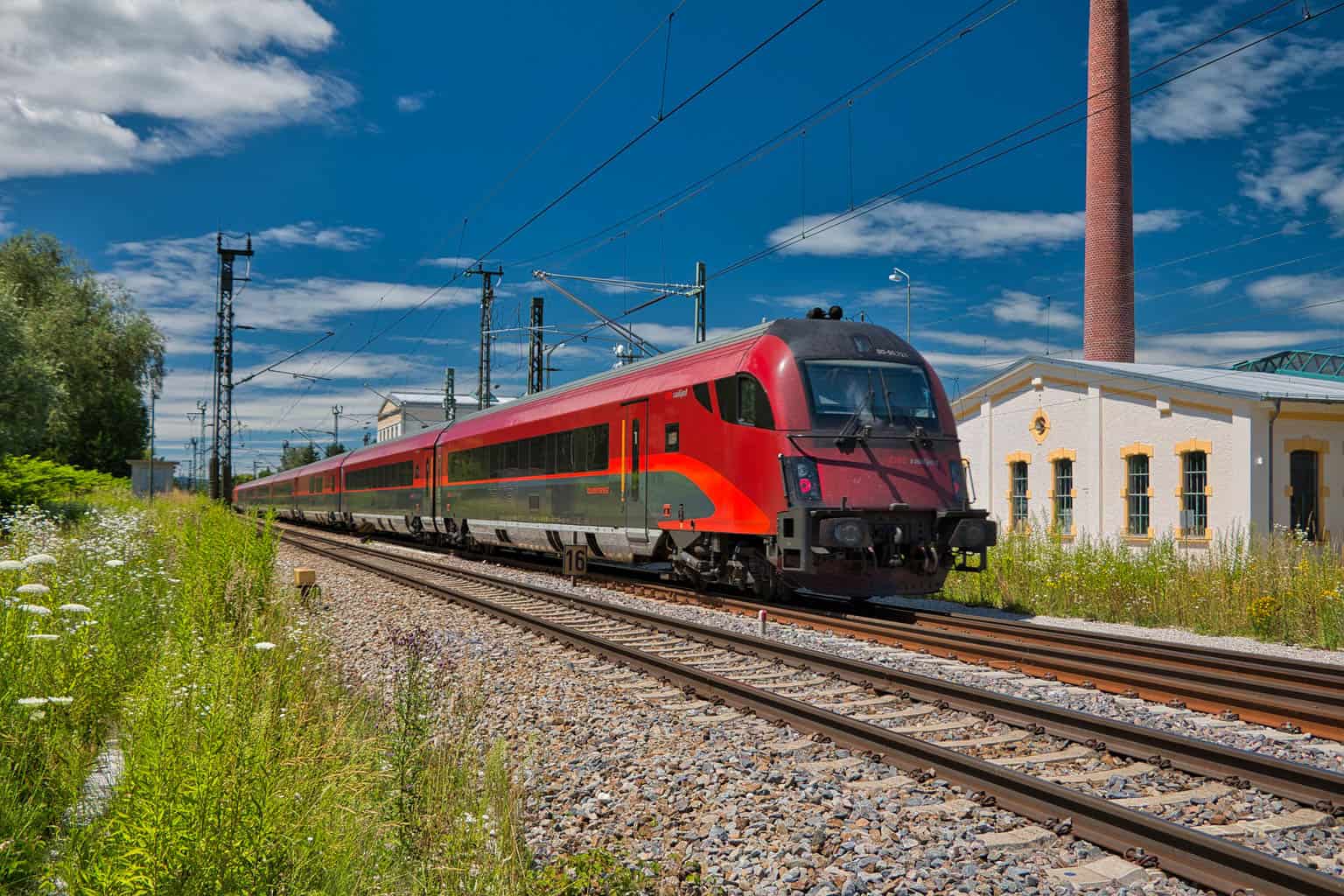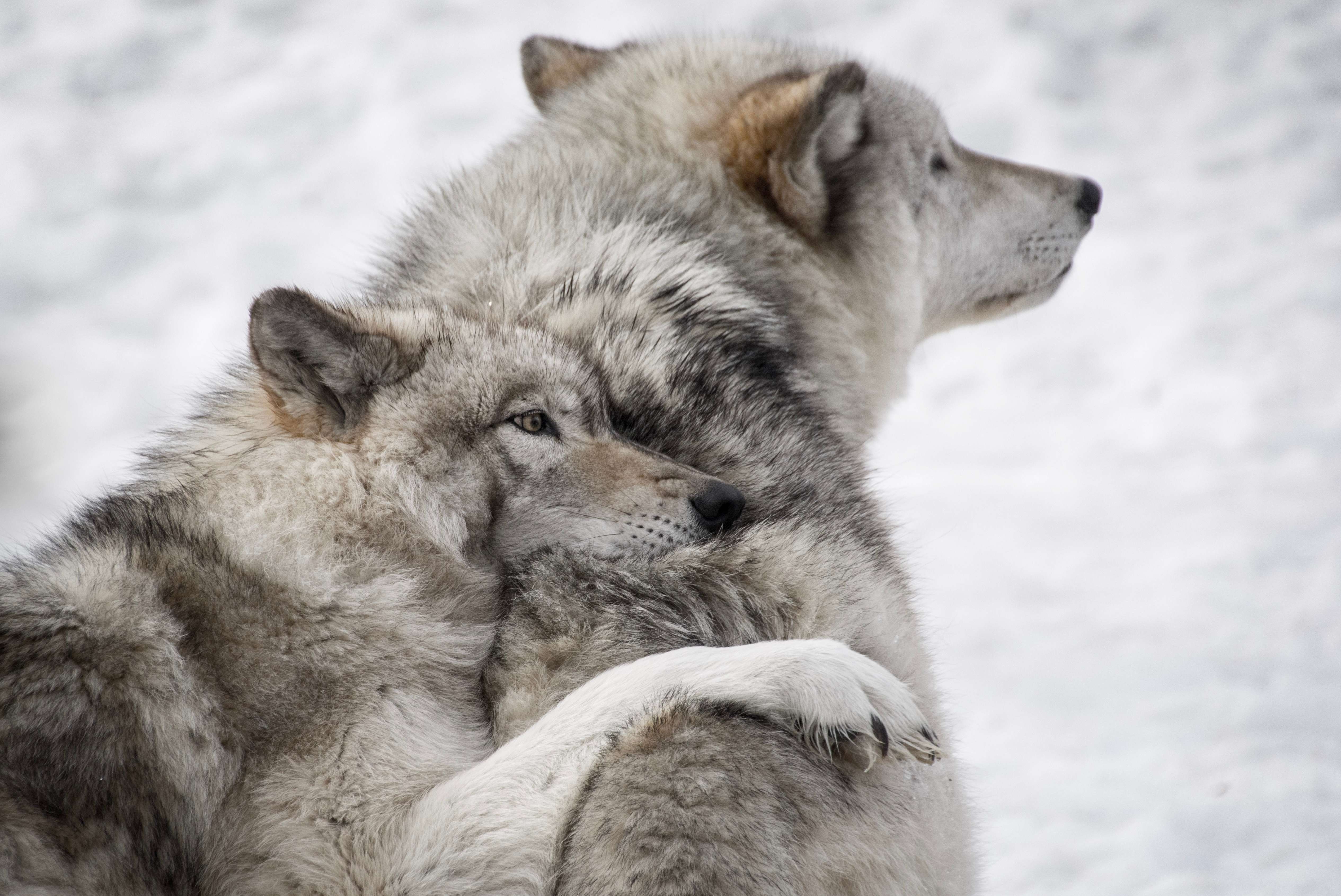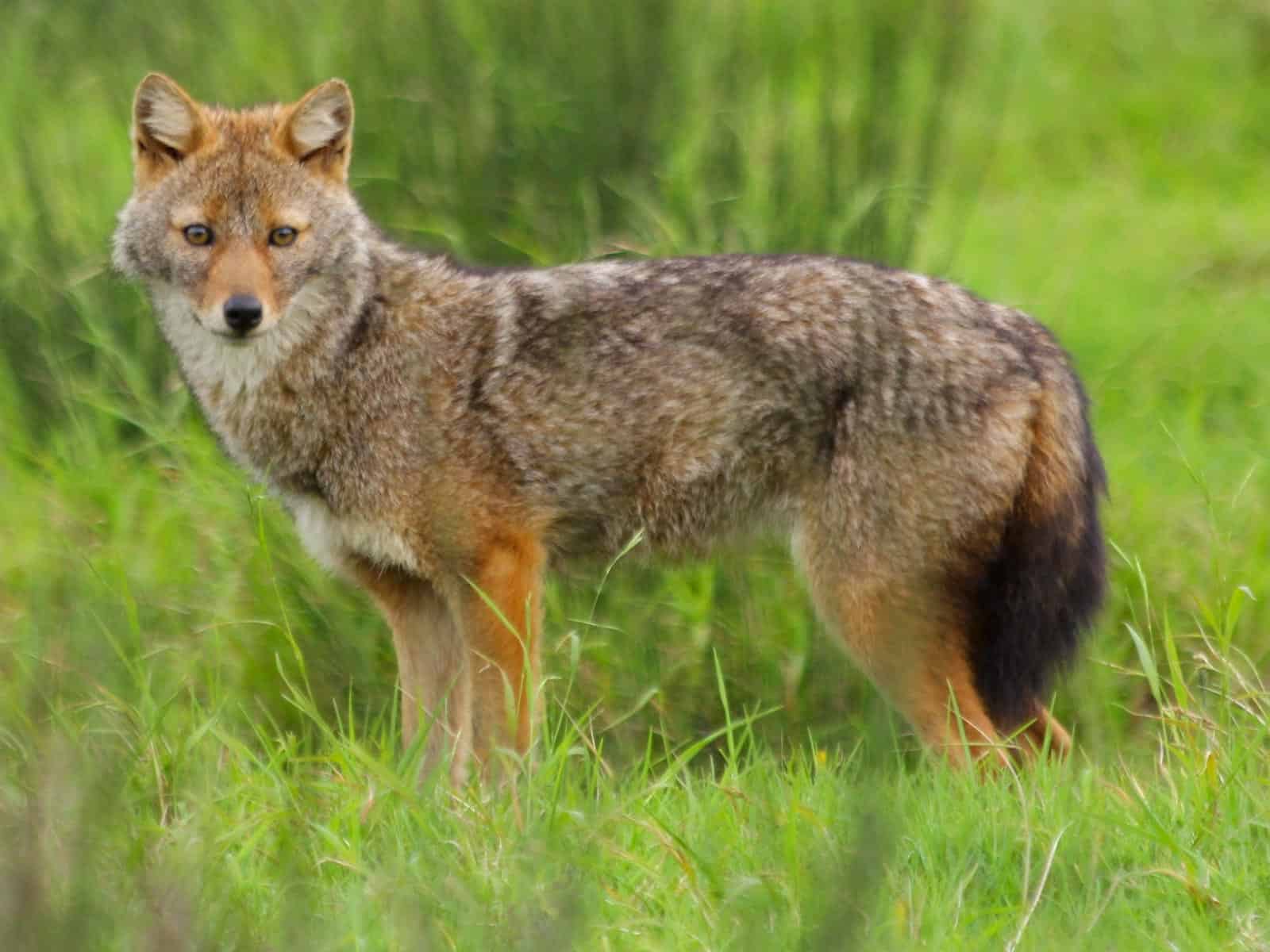Beavers in Chernobyl now live in trees
The 1986 Chernobyl disaster left a huge area of Ukraine uninhabitable, but wildlife still found a way to thrive. However, they were not left untouched by the effects of radiation. Chernobyl’s beaver population has taken to building its lodges in trees as a result of radioactive waterways.
Eager beavers have climbing fever
Although similar sightings were unofficially recorded by Richard Astley as early as 1987, this bizarre behaviour was only recently confirmed by scientists. On a research exhibition to the Chernobyl Exclusion Zone in January, members of the Forest Office of Lviv observed beavers nesting in the canopies of hardwood trees.
You might wonder how beavers of Chernobyl have adapted to an arboreal life. How do they even get up to the forest canopy? In fact, they use their teeth and, as they are rodents, they regrow. This has the added benefit of gnawing them down.
Protective Parents
To protect their kits (young ones) from the dangerous effects of radiation, adults have rapidly adapted to the change. They make their homes in trees instead of the contaminated rivers around Chernobyl. In this way they can safely raise the next generation without having to worry about mutations.
One challenge of this new “lifestyle” may be their diet, which is also made up of water plants. The scales of the tree beetle Stultus aprilus were found in the stomach of one dead individual. This insect first found its way to Eastern Europe from France, where it is known as the “April fish” (poisson d’avril) due to its strong fishy flavour, may substitute the beaver’s need for aquatic plants.
Scientists are fascinated by this discovery; however, they are not pleased. At the moment beavers are still building dams as they don’t spend all their time in trees. But there are worries that in the future, beavers will spend less time building dams on the ground and areas will flood the riverbanks, potentially spreading the contaminated water to other areas.
This new discovery has changed the way we think about beavers, from their general behaviour to their environmental effects as ecosystem engineers. Is this to be a reoccurring pattern in other areas, then ecosystems will fundamentally change – we could soon start seeing ducks nesting in tree holes. Not every species will be able to adapt to the higher levels of radiation in water however; some species simply cannot change their ecology this rapidly. Real consequences of human pollution are what is observed here, not some funny animal joking around.











Hi, thank you for your lovely comment, it was a team effort!
Victoria
Great article! I was wondering how beavers could recognize invisible radiation until I saw the date 😀 Good job, Victoria, thanks!
Hi Johan,
Thank you for your comment. You may be right, we couldn’t find any photos of the tree-climbing beavers for some reason…
Ik think the picture is not a beaver but a beaver rat
Look at the position of the eye is close to the ear